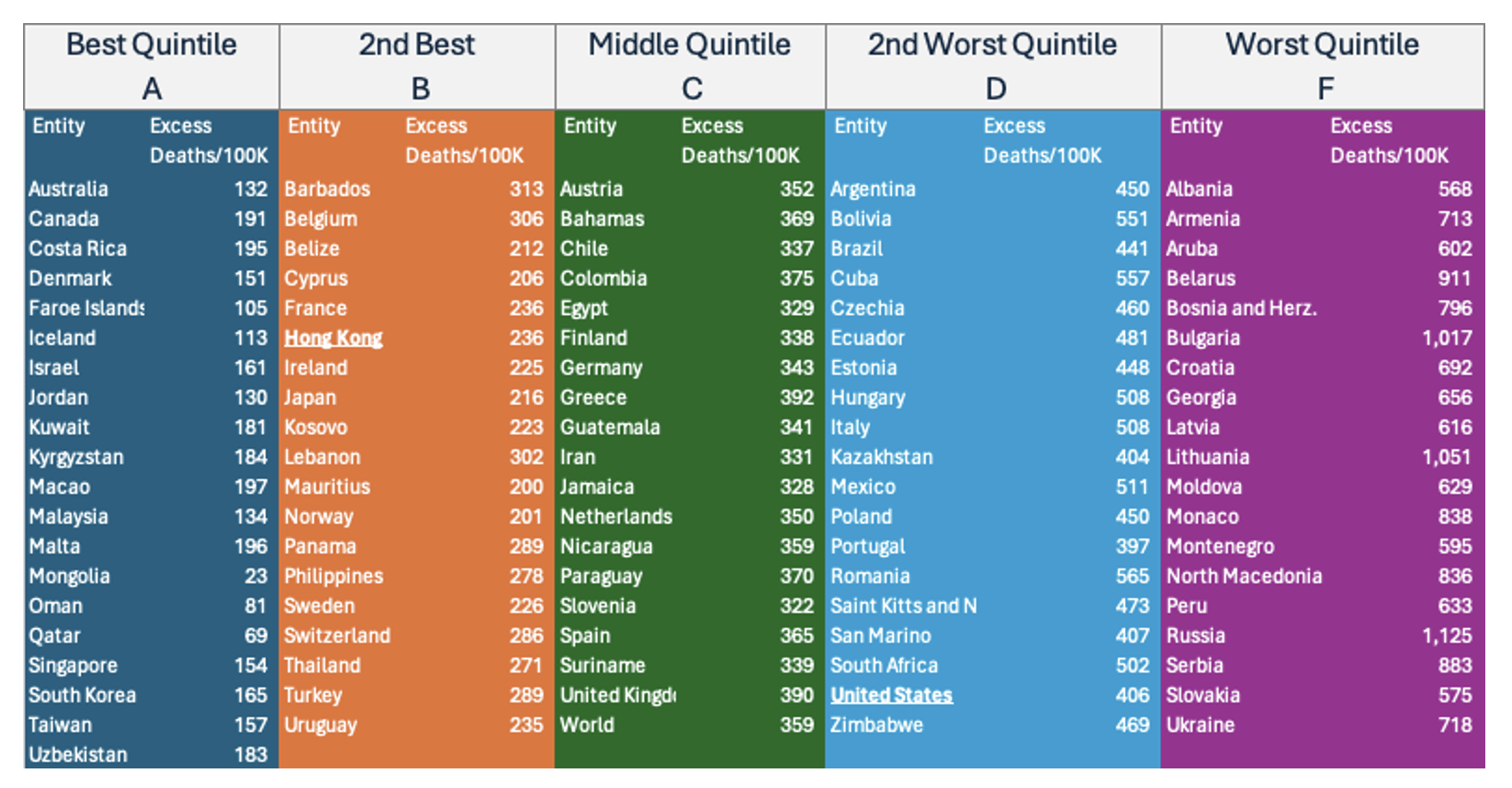How to Save Lives Without Being Hated
How to Save Lives Without Being Hated
"Protecting Health, Saving Lives Millions at a Time” This powerful motto encapsulates the Johns Hopkins Bloomberg School’s commitment to large-scale, impactful public health initiatives that have truly lived up to the hype. The current White House attempt to terminate $billions in domestic and global public health funding is a hurtful jolt to a workforce that has sacrificed so much to make healthy places everywhere.
Being misunderstood, ignored, and neglected is the eternal plight of public health. Hopkins’ well-intended motto was designed to express core values and appeal broadly. It offers an accurate description of 20th century public health—an era of big successful campaigns against childhood infections, tobacco, and HIV. But, in a polarized world the message lands with a thud of perceived condescension. Public health leaders attract visceral scorn; just ask Dr. Fauci. But maybe it’s time to reflect on how it got this bad and think about a reset. Public Health 3.0 extols participatory approaches that also save lives, but it emphasizes the inclusion of the people whose sense of exclusion is perversely making them cheer the termination of efforts that they benefit from.
The Public Health 2.0 model of "saving lives millions at a time" has typically been top-down campaigns, designed in Washington DC or Atlanta and executed without significant community involvement in planning and execution. This has led to a perception of public health as an external force, rather than a community-driven effort to “collectively create the conditions in which people can be healthy.” [1]
In contrast, participatory communitarianism in public health emphasizes grassroots involvement, where communities build on their strengths to work with multiple government sectors, NGOs, and businesses to address their own health priorities. This approach is not new, it is not opposed to--indeed it assists big campaigns—it just keeps getting overshadowed and crowded out by them.
The Essence of Participatory Communitarianism in Public Health
Public health is about whole populations and is a form of collective action. Public Health 2.0 gave agency to highly trained technocrats who designed and did things to create better health. Public Health 2.0 is effective and there is no need to stop public campaigns to promote vaccines, clean air, nutritious food etc. Adding on communitarianism does not require any acts of subtraction.
Ironically, Elon Musk's brand of techno-authoritarianism is an ideological ally to campaigns designed by empowered experts. A big difference is that Musk promotes only marketable innovations for humanity while public health produces commercially unviable public goods that must rely on government funding. In Elon’s elitist world consulting the people affected by technocracy makes no sense. Nor does it make sense to engage people without money to spend. I predict that Muskism's alienating proposition is doomed because it triggers the same antipathy as top-down public health. It can only be sustained by perpetually stoking fear and dependency. Americans get tired of being needlessly afraid. COVID fatigue is a harbinger of technocrat fatigue.
Opposed to fear, the Public Health 3.0 approach emphasizes the importance of community strengths and shared responsibility in creating conditions that promote health and well-being. It calls for the workforce in public health to be adept at convening. By engaging all members of the community, public health initiatives can be more effective, equitable, and sustainable. The trust that was so badly needed during a pandemic needs to be built week after week through shoulder to shoulder participation at the local level.
The Struggles of Communitarianism
Despite its value, participatory communitarianism struggles for room in the toolbox of public health. The skills for asset mapping, convening, and trust-building that are required are not prioritized in the curricula of schools of public health, and local health departments’ funding streams do not budget for practitioners with these skills.
More importantly communitarian engagement neither generates revenue nor offers the dramatic, attributable life-saving that donors and government agencies crave. Additionally, there are legitimate fears that appeals to “community” might be antithetical to a focus on vulnerable groups and minorities. Communities include traditionalists bent on suppressing individualism and promoting conformity. Sometimes a national movement is required. For example, the Civil Rights movement in the US could not have succeeded had it relied on local community participation in the South to overturn Jim Crow. However, the risks in inviting community participation are often outweighed by benefits in the form of trust and better implementation attuned to local strengths and context.
Communitarian public health already achieves success at local scale by improving playgrounds, ensuring safe streets, and creating green parks. These are issues that genuinely concern members of a community, regardless of their backgrounds or beliefs. By fostering a sense of shared concern for a shared space, communitarian public health can help build stronger, more resilient communities. Our inherently social species has been practicing "saving lives hundreds at a time" since pre-history.
Conclusion
Participatory communitarianism in public health emphasizes collective action and shared responsibility. While it is not a panacea, its potential to unify communities around uncontroversial goals is undeniable. Street level local public health efforts become visible and gain local constituencies the way local fire departments and local schools do. Nobody supports fires. Nobody supports illiteracy.
By embracing communitarian principles, public health can work together to create healthier, safer, and more equitable communities for all. Schools of public health must raise up this approach in teaching and practice to support the brand of past and future public health that allies science to the lived experience and values of the people who can benefit from it.

Comments
Post a Comment